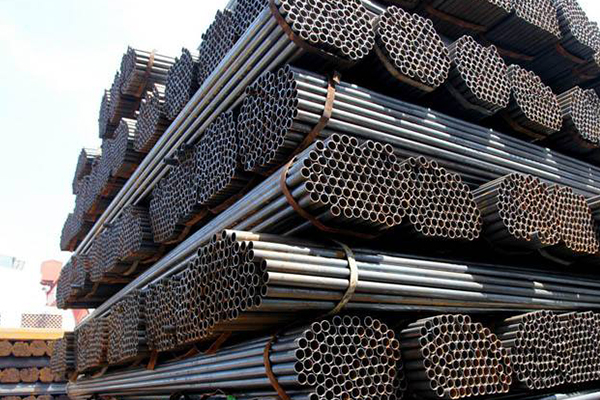Scaffolding systems are essential in the construction industry, providing safe and reliable platforms for workers to perform tasks at elevated heights. This article explores the detailed manufacturing process of scaffolding systems, highlighting the expertise and technology that make Wancheng Tai a trusted scaffolding supplier.
Material Selection
The manufacturing process begins with the selection of high-quality materials. Scaffolding systems are typically made from steel or aluminum due to their strength, durability, and resistance to environmental conditions. Wancheng Tai uses steel grades such as Q235 and Q345, known for their excellent tensile strength (up to 370 MPa) and yield strength (up to 345 MPa). Aluminum alloys like 6061-T6 are also used, offering a combination of lightweight and high strength.

Cutting and Shaping
Once the raw materials are selected, they are cut and shaped into the required components. Steel tubes and aluminum pipes are cut to precise lengths using CNC (Computer Numerical Control) machines, ensuring accuracy and consistency. The cutting process must adhere to tight tolerances, typically within ±0.1 mm, to ensure the components fit together seamlessly during assembly.
Welding and Assembly
The next step involves welding the cut and shaped components to form the main scaffolding structures. Automated welding robots are employed to achieve high precision and consistency in the welds. This step is crucial for ensuring the structural integrity and safety of the scaffolding system. The welding process includes both spot welding and seam welding, depending on the specific requirements of each component.
Welded joints are inspected for strength and quality, ensuring they meet industry standards. Non-destructive testing methods, such as ultrasonic testing and X-ray inspection, are used to detect any internal defects in the welds.
Surface Treatment
Surface treatment is an essential part of the manufacturing process, as it enhances the durability and longevity of the scaffolding system. The components undergo processes such as hot-dip galvanizing or powder coating to protect them from corrosion and wear. Hot-dip galvanizing involves immersing the steel components in molten zinc, creating a protective zinc coating that can withstand harsh environmental conditions. Powder coating involves applying a dry powder to the surface of the aluminum components, which is then cured under heat to form a protective layer.
Quality Control and Testing
Quality control is integral to the manufacturing process at Wancheng Tai. Each scaffolding component undergoes rigorous testing to ensure it meets the required safety and performance standards. This includes load testing, dimensional checks, and material composition analysis. Load testing involves subjecting the scaffolding components to loads higher than their intended use to ensure they can withstand extreme conditions.
Wancheng Tai adheres to international standards such as ISO 9001 for quality management and EN 12811 for scaffolding system safety. By implementing these standards, Wancheng Tai ensures that every scaffolding system produced is safe, reliable, and of the highest quality.
Final Assembly and Packaging
The final assembly involves putting together the scaffolding components to form complete systems. This step includes fitting together tubes, joints, braces, and platforms. The assembled scaffolding systems are inspected for alignment, stability, and overall quality.
Once the scaffolding systems pass the final inspection, they are disassembled into modular components for packaging. Wancheng Tai uses robust packaging materials to protect the components during transportation, ensuring they arrive at the construction site in perfect condition.

The manufacturing process is a complex and meticulous operation that requires precision, quality control, and advanced technology. As a leading scaffolding system manufacturer, Wancheng Tai leverages its expertise and state-of-the-art manufacturing processes to produce high-quality scaffold systems that meet the needs of the construction industry. From material selection and cutting to welding, surface treatment, and final assembly, each step is carefully executed to ensure the safety, durability, and reliability of the scaffolding systems.


